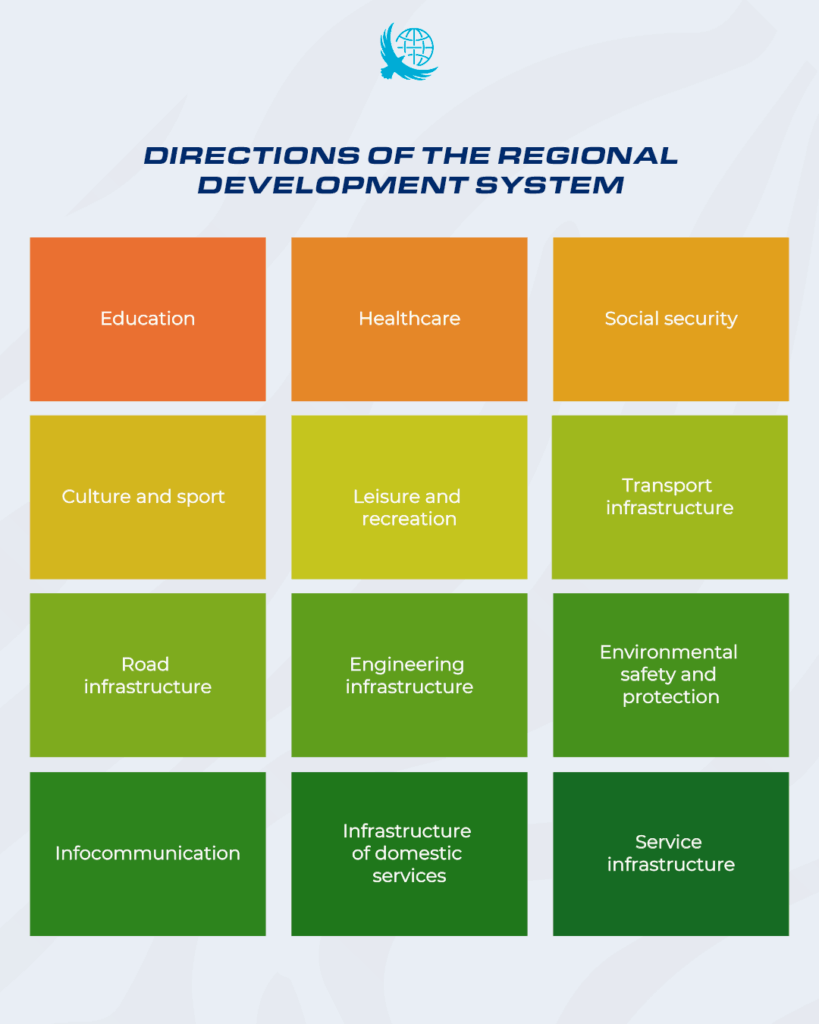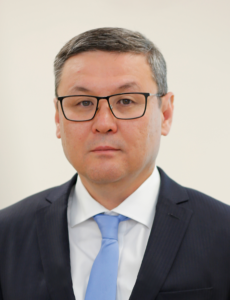Aigerim Abdrashitova
Chief Expert, Department of Political Research,
Kazakhstan Institute for Strategic Studies
under the President of the Republic of Kazakhstan
In Kazakhstan, 36.7% of citizens live in rural areas. Over 7.4 million people[1] live in 6,100 villages and nearly 2,200 rural districts[2]. It is predicted that by 2027, the rural population will stabilize at 7.7 million people, and the number of villages will decrease to 5,900. Despite the active process of urbanization, the development of these rural areas will still be relevant for the country.
State policy in this area is aimed at improving the quality of life of rural residents and expanding the range of rendered services. Over the past five years, the government has issued strategic and program documents aimed at developing rural districts and villages, which contributes to regional progress and reduces development disparities.
However, the diversity in infrastructure development and, consequently, quality of life between villages and cities of national significance demands the development of tools for measuring and forecasting these factors. Today, the System of Regional Standards (SRS) is used to assess the state of regions, identify problem areas, and plan their development.
The system evaluates settlements and regions in 12 areas that are considered fundamental to ensuring a high quality of life.

In 2021, the provision of services and facilities under the SRS at the national level stood at 64.1%, and in 2024 it reached 66.1%. The availability of necessary infrastructure in villages increased by 10.4 percentage points compared to 2022 (from 55.3%) and amounted to 65.7%. In cities, infrastructure development was 87% in 2022 and 89% in 2024[3].
The SRS establishes a two-tier model for the development of rural areas based on mandatory and recommended facilities and services. Thus, rural district centers and key rural settlements are provided with expanded infrastructure: from vocational education and sports complexes to banking services and centralized water supply while other villages are provided with a basic set of services: shops, cultural and sports facilities, postal and telephone services, internet and mobile communications, a local police station, fire protection, and a household waste disposal system. In such settlements, emphasis is placed on mobile solutions ranging from mobile government services to block-module water supply systems. In this way, the availability of basic infrastructure is no longer an exception but a standard of comfortable living.
Another important strategic document in this area is the Concept for the Development of Rural Areas of the Republic of Kazakhstan for 2023–2027, the implementation dynamics of which are measured through the SRS index. It is aimed at forming a comprehensive approach to the development of villages, which includes:
- improving the quality of life and creating comfortable living conditions for rural residents;
- developing social and engineering infrastructure;
- developing the agro-industrial complex, stimulating and supporting agricultural cooperation, as well as entrepreneurship in rural areas;
- strengthening local self-government and engaging citizens in territorial management;
- building a sustainable rural economy that takes into account regional specificities.
The Concept envisions the concentration of resources in key and promising villages, which will make it possible to ensure the necessary level of social benefits and public services there. At the same time, some small and remote settlements, on the contrary, will be gradually integrated into larger centers.
As a result of the Concept’s implementation, 3,500 key and satellite villages are expected to be fully provided with basic services. To achieve this, the government is currently implementing a number of incentive programs.
For example, the “Aul Amanaty” program helps residents of villages and small towns develop entrepreneurship with a focus on livestock and agriculture by providing concessional loans. The loan term is up to 5 years at an annual rate of 2.5%, and up to 7 years for livestock projects. The maximum loan amount reaches 2,500 Monthly Calculation Indices (MCI), and for agricultural cooperatives up to 8,000 MCI. This year, 50 billion tenge has been allocated for the program.
Over the period 2023-2024, more than 16,000 microloans were granted, which created about 18,000 new jobs. Since the launch of the program, more than 540 agricultural cooperatives have been established in the regions.
The “Aul – El Besigi” program has proven to be no less effective. Its goal is the modernization of social and engineering infrastructure. Since 2019, more than 6,600 projects have been implemented in 2,600 key and satellite villages. A total of 772 public utility facilities have been built or renovated, along with over 2,000 social facilities, including schools, medical stations, and cultural centers, as well as more than 3,000 intra-village roads. For 2025, 176.4 billion tenge has been allocated for the implementation of about 1,000 projects in 500 rural settlements across the country
It is obvious that the rural development is not limited to addressing infrastructure issues. Its strategic importance is linked to strengthening human capital, developing and reducing regional disparities, and creating decent living conditions for the country’s inhabitants in rural areas. The future of villages is linked to a sustainable economy, as well as active local self-government and a developed social environment, which will make them an attractive place to live and work.
[1] On the Demographic Situation for January-June 2025. https://stat.gov.kz/ru/news/o-demograficheskoy-situatsii-za-yanvar-iyun-2025-goda-/
[2] Administrative and Territorial Units of the Republic of Kazakhstan (as of January 1, 2025). https://stat.gov.kz/ru/industries/social-statistics/demography/publications/281169/
[3] Resolution of the Government of the Republic of Kazakhstan dated March 28, 2023 No. 270 “On the Approval of the Concept for the Development of Rural Areas of the Republic of Kazakhstan for 2023–2027” https://adilet.zan.kz/rus/docs/P2300000270


